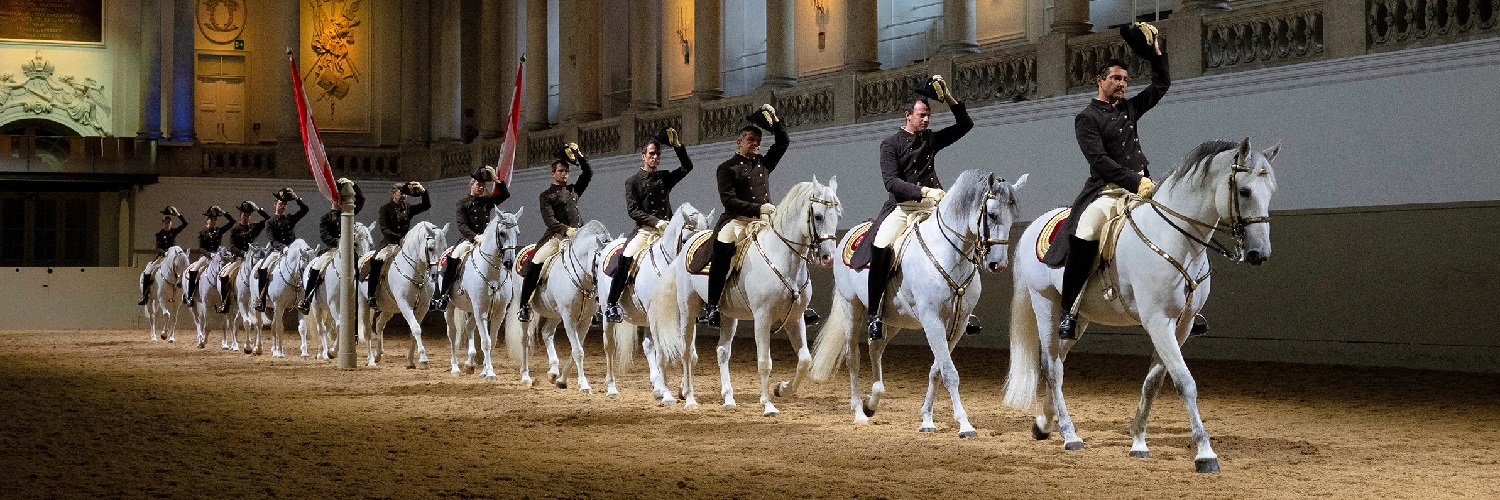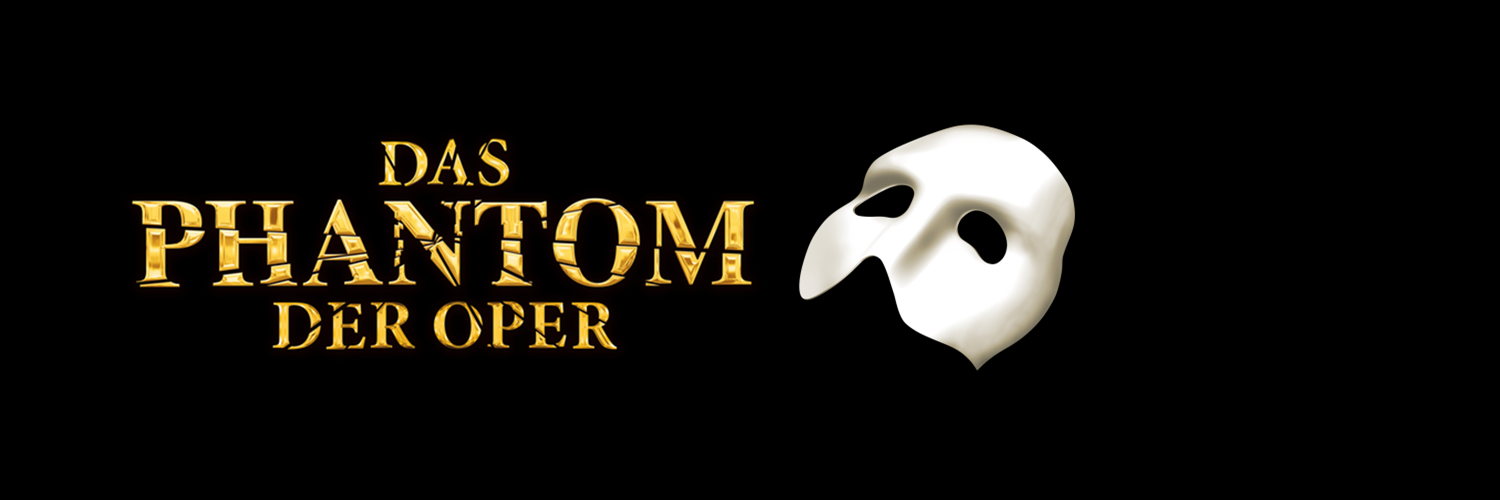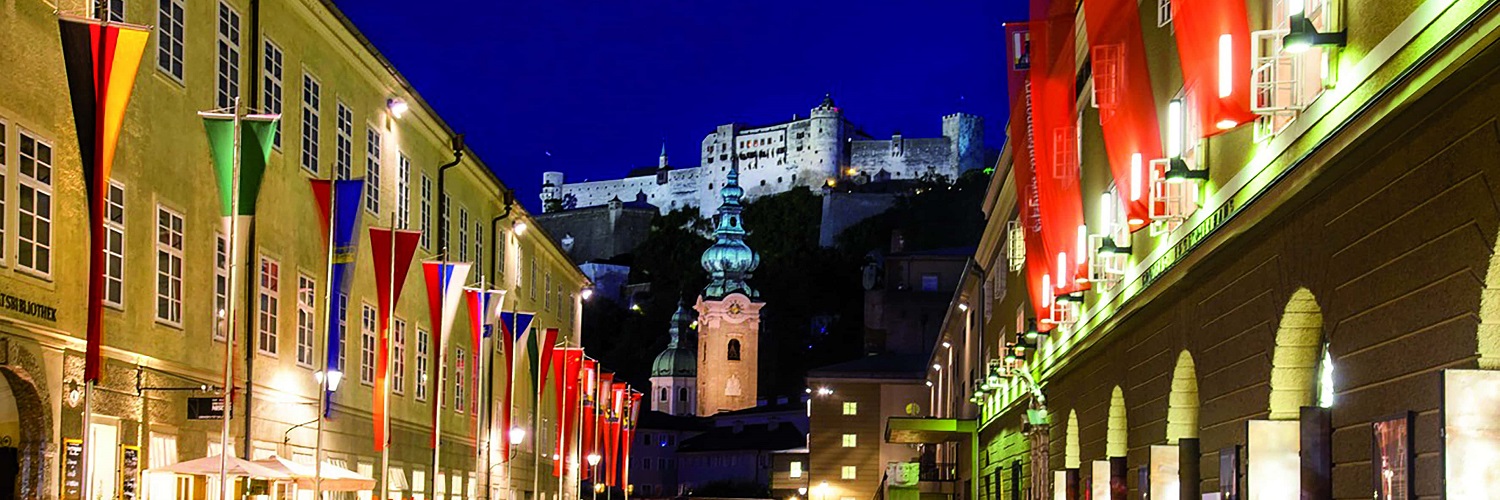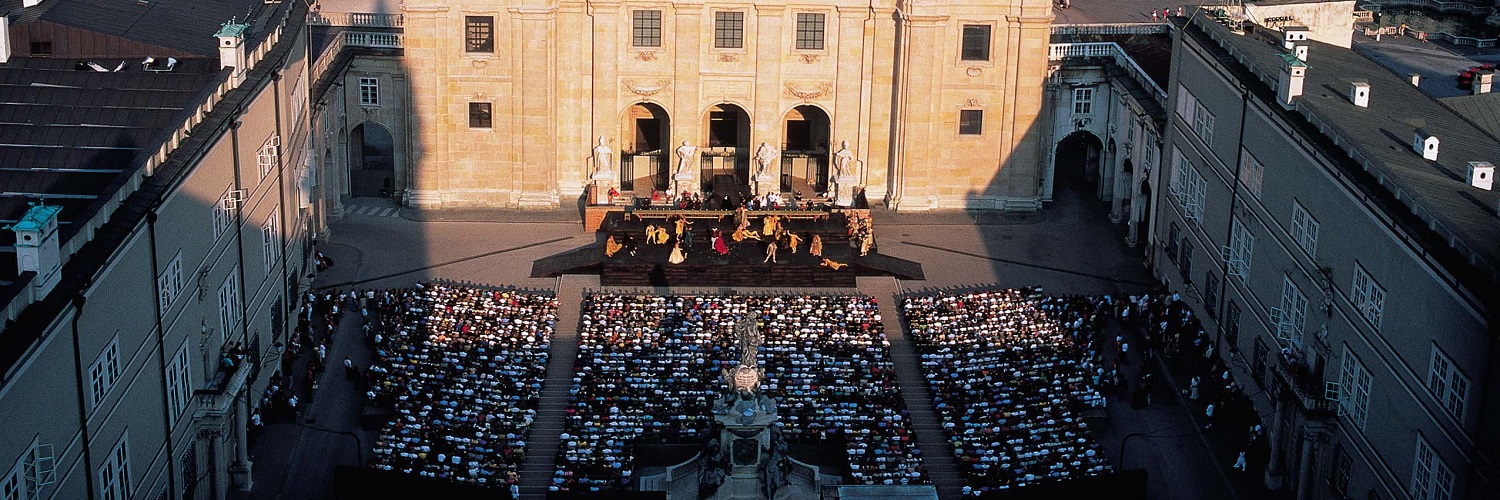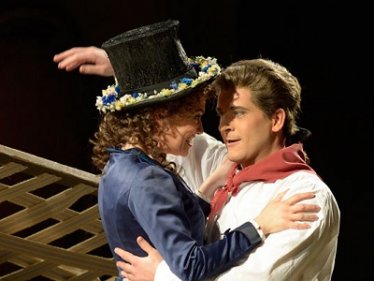Le nozze di Figaro - Schedule, Program & Tickets
Le nozze di Figaro
the wedding of Figaro
Commedia per musica in four acts
Libretto by Lorenzo da Ponte
First performance on May 1, 1786 in Vienna
Premiered at the Deutsche Oper Berlin on December 14, 1978
3 hours 45 minutes / One break
In Italian with German and English surtitles
Introduction: 45 minutes before the start of the performance in the foyer on the right
Figaro and Susanna, servants at Count Almaviva's court, want to get married and set up the apartment assigned to them in the Count's castle. While Figaro, full of anticipation, measures the bed, Susanna remains suspicious. She fears that the Count, whose love for his wife Rosina has long cooled, will make use of his "right of the first night". Figaro is beside himself and resolves to thwart his master's plans. He is also troubled by another problem: due to lack of money, he had once promised marriage to Marcellina, the count's housekeeper, and is now being harassed by her. Meanwhile, the page Cherubino has taken refuge with Susanna, who is busy with her wardrobe in the Countess's bedroom. The count had caught him at Barbarina's, the gardener's daughter, and dismissed him, and Susanna is now supposed to put in a good word for him. When the Count enters to win over Susanna, he has to hide. Then the music master Basilio enters the scene, followed a little later by Figaro. The situation is becoming more and more turbulent, only Susanna manages with difficulty to keep an overview. The Count reluctantly agrees to put the veil on the bride himself, not without secretly hoping that there will be another chance for him. Meanwhile, the countess laments her husband's lack of love. Figaro and Susanna want to help her and propose an intrigue: the Count should be made jealous and at the same time receive a lesson.
However, since the participants each go their own way in the course of events, things spiral out of control. Not only the marriage of count and countess, but also the love of the young couple seems endangered. It is only many entanglements later and at the end of a very unsuccessful evening tryst that they find themselves together again, purified and - perhaps - a little wiser.
THE MARRIAGE OF FIGARO, Mozart's first collaboration with the librettist Lorenzo da Ponte, who was later to write the librettos for DON GIOVANNI and COSÌ FAN TUTTE, is based on the French comedy »La folle journée, ou Le Marriage de Figaro, which was both topical and controversial at the time « [1783/84] by Pierre-Augustin Caron de Beaumarchais. A comedy about a pair of servants who successfully resisted their rulers was an unprecedented scandal in pre-revolutionary Paris in the early 1880s. That da Ponte was able to get the play accepted by the Viennese court, which had absolutely no interest in putting on such a rebellious spectacle, is nothing short of a miracle.
Mozart and da Ponte revised the plot, softened the social explosiveness of the characters a little and adapted the play's dramaturgy to the conditions of music theater without denying the importance of the original. The result was one of the most perfect musical comedies in operatic history: timeless in its humanity, sophisticated and full of surprising twists in the structure of the plot and of an overwhelming musical richness that brings each of the characters to life in their relationship to themselves and to the others leaves. Götz Friedrich's production follows Mozart's specifications with psychological perspicacity, a sense of the absurdly comic in the increasing complications and an understanding of human imperfection, which Mozart, never revealing, but always critically analyzing, makes comprehensible.
Subject to change.
Commedia per musica in four acts
Libretto by Lorenzo da Ponte
First performance on May 1, 1786 in Vienna
Premiered at the Deutsche Oper Berlin on December 14, 1978
3 hours 45 minutes / One break
In Italian with German and English surtitles
Introduction: 45 minutes before the start of the performance in the foyer on the right
Figaro and Susanna, servants at Count Almaviva's court, want to get married and set up the apartment assigned to them in the Count's castle. While Figaro, full of anticipation, measures the bed, Susanna remains suspicious. She fears that the Count, whose love for his wife Rosina has long cooled, will make use of his "right of the first night". Figaro is beside himself and resolves to thwart his master's plans. He is also troubled by another problem: due to lack of money, he had once promised marriage to Marcellina, the count's housekeeper, and is now being harassed by her. Meanwhile, the page Cherubino has taken refuge with Susanna, who is busy with her wardrobe in the Countess's bedroom. The count had caught him at Barbarina's, the gardener's daughter, and dismissed him, and Susanna is now supposed to put in a good word for him. When the Count enters to win over Susanna, he has to hide. Then the music master Basilio enters the scene, followed a little later by Figaro. The situation is becoming more and more turbulent, only Susanna manages with difficulty to keep an overview. The Count reluctantly agrees to put the veil on the bride himself, not without secretly hoping that there will be another chance for him. Meanwhile, the countess laments her husband's lack of love. Figaro and Susanna want to help her and propose an intrigue: the Count should be made jealous and at the same time receive a lesson.
However, since the participants each go their own way in the course of events, things spiral out of control. Not only the marriage of count and countess, but also the love of the young couple seems endangered. It is only many entanglements later and at the end of a very unsuccessful evening tryst that they find themselves together again, purified and - perhaps - a little wiser.
THE MARRIAGE OF FIGARO, Mozart's first collaboration with the librettist Lorenzo da Ponte, who was later to write the librettos for DON GIOVANNI and COSÌ FAN TUTTE, is based on the French comedy »La folle journée, ou Le Marriage de Figaro, which was both topical and controversial at the time « [1783/84] by Pierre-Augustin Caron de Beaumarchais. A comedy about a pair of servants who successfully resisted their rulers was an unprecedented scandal in pre-revolutionary Paris in the early 1880s. That da Ponte was able to get the play accepted by the Viennese court, which had absolutely no interest in putting on such a rebellious spectacle, is nothing short of a miracle.
Mozart and da Ponte revised the plot, softened the social explosiveness of the characters a little and adapted the play's dramaturgy to the conditions of music theater without denying the importance of the original. The result was one of the most perfect musical comedies in operatic history: timeless in its humanity, sophisticated and full of surprising twists in the structure of the plot and of an overwhelming musical richness that brings each of the characters to life in their relationship to themselves and to the others leaves. Götz Friedrich's production follows Mozart's specifications with psychological perspicacity, a sense of the absurdly comic in the increasing complications and an understanding of human imperfection, which Mozart, never revealing, but always critically analyzing, makes comprehensible.
Subject to change.

